Nothing in Basket!
British wildflowers are a fantastic way to bring a touch of the countryside into your garden. Not only are they beautiful, but they also provide a valuable food source for bees, butterflies, and other wildlife. Plus, they're really easy to grow!
Most wildflowers love poor, sandy soil, just like they find in meadows. But don't worry if your garden soil is different - many will still thrive. And if you're short on space, you can even grow them in pots!
By choosing native wildflowers, you're helping to protect our amazing wildlife So, let's get planting!
Some Wildflower Beauties
Here are just a few of the lovely wildflowers you can grow:
Want to see more? Check out the full list below for even more inspiration!
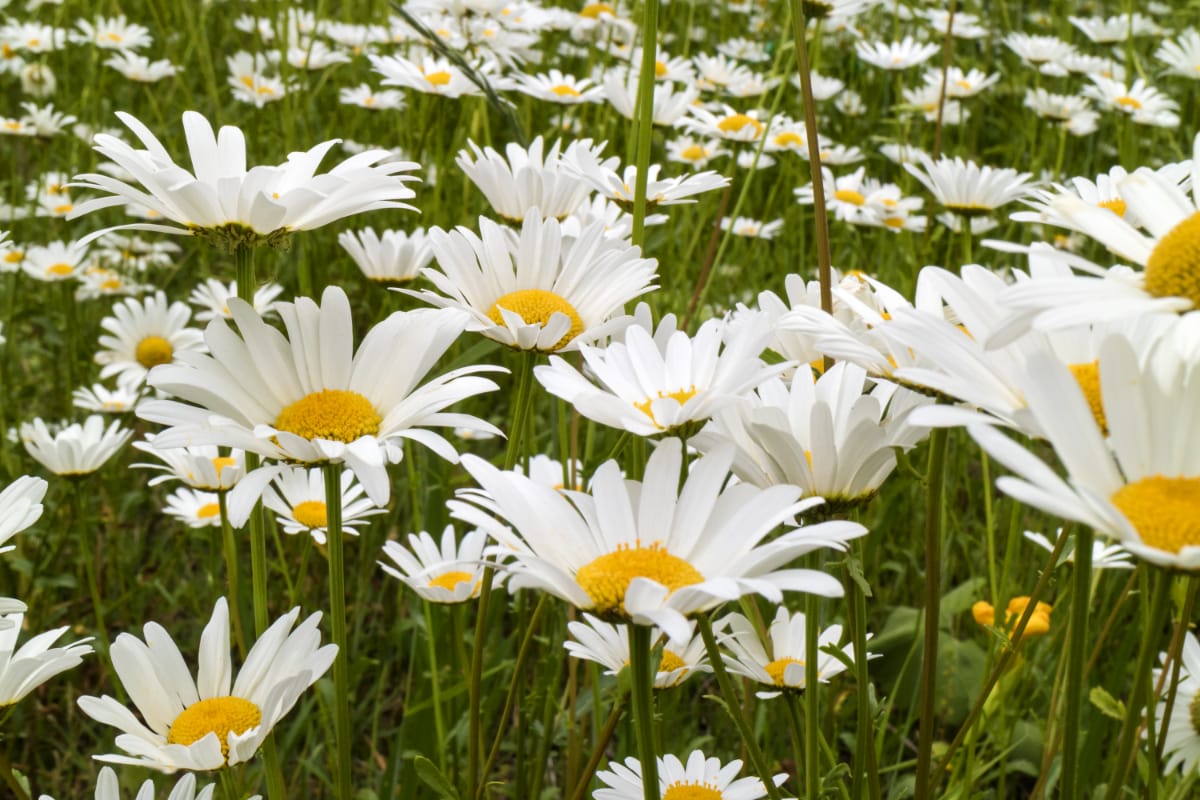
Ox-eye daisies have tall stems, with flowers from June-August. Happy on most garden soils in sun. Can be invasive and require digging out to contain them.
Height X Spread: 89cm x 60cm.
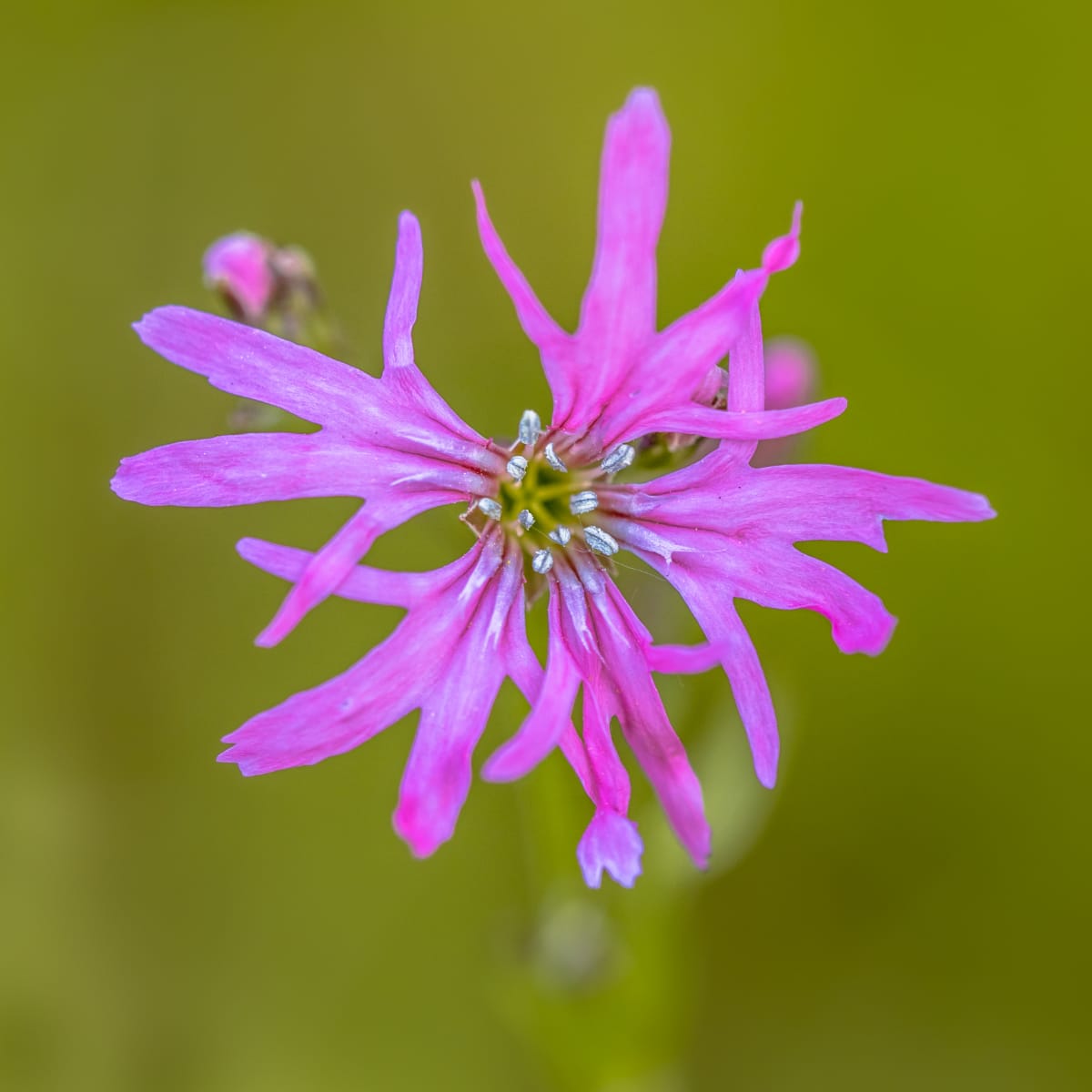
Ragged robin, Lychnis flos-cuculi, is a striking wildflower, native to damp, wetland meadows. It's a valuable nectar source for pollinators.
Height x Spread: 75cm x 80cm
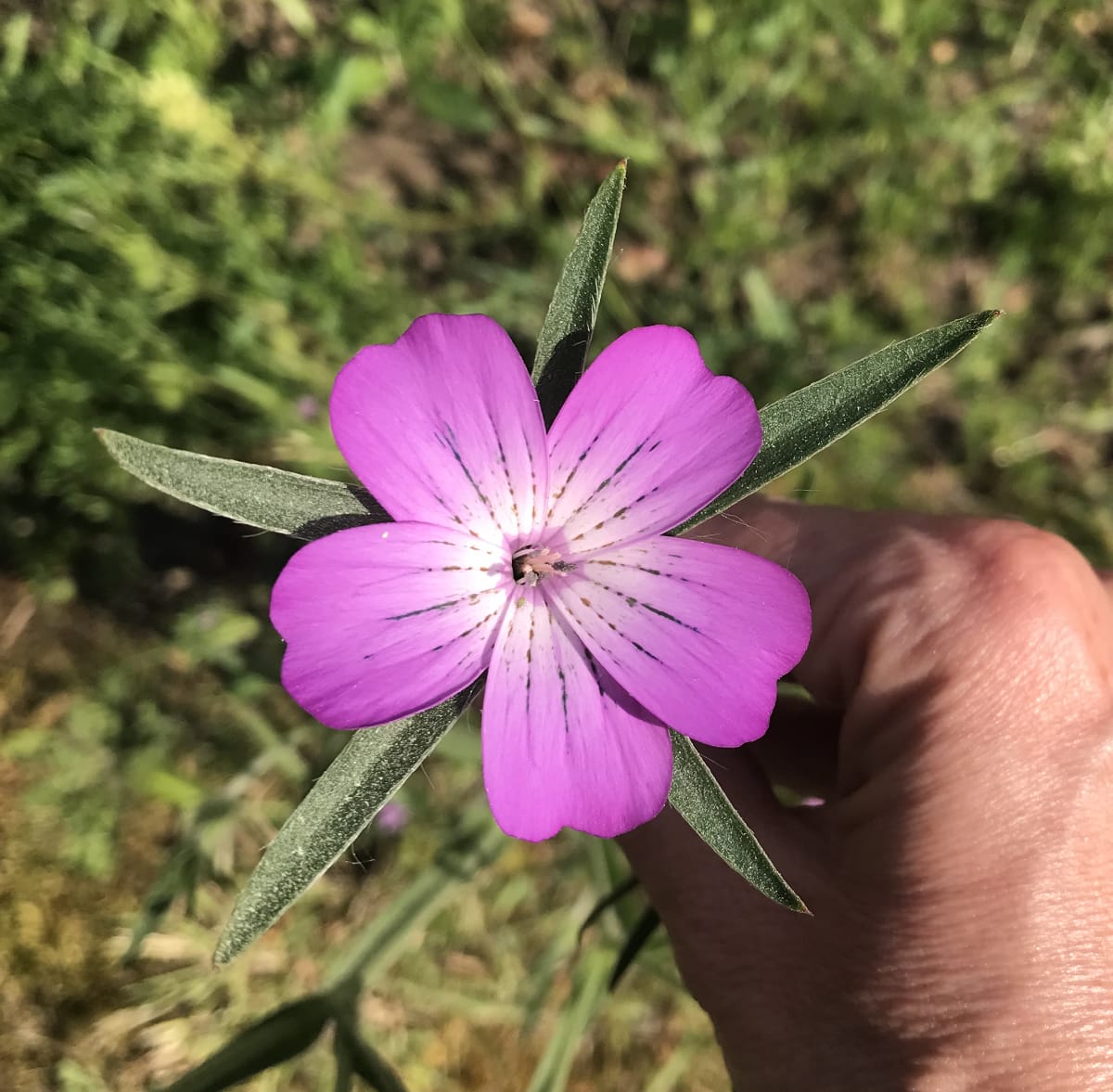
Corn cockle, Agrostemma githago, is a cornfield annual, bearing deep-pink flowers from June to August. Will grow happily in any reasonable soil in sun. Try the cultivar 'Alba' for white flowers.
Height x Spread: 70cm x 30cm
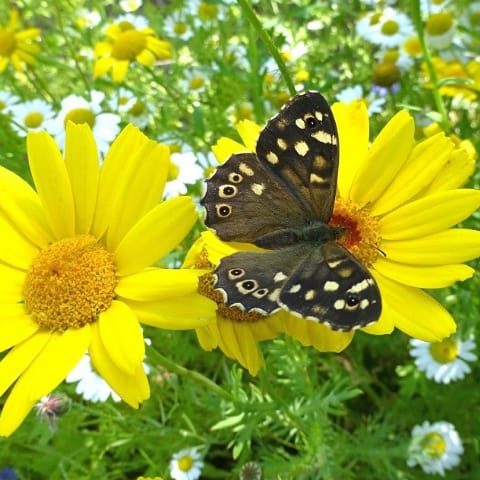
The corn marigold, Glebionis segetum, is an annual that thrives on newly cultivated soil in full sun. The yellow wild flowers look especially pretty when growing among other wildflowers like cornflowers and ox-eye daisies.
Height x Spread: 80cm x 30cm
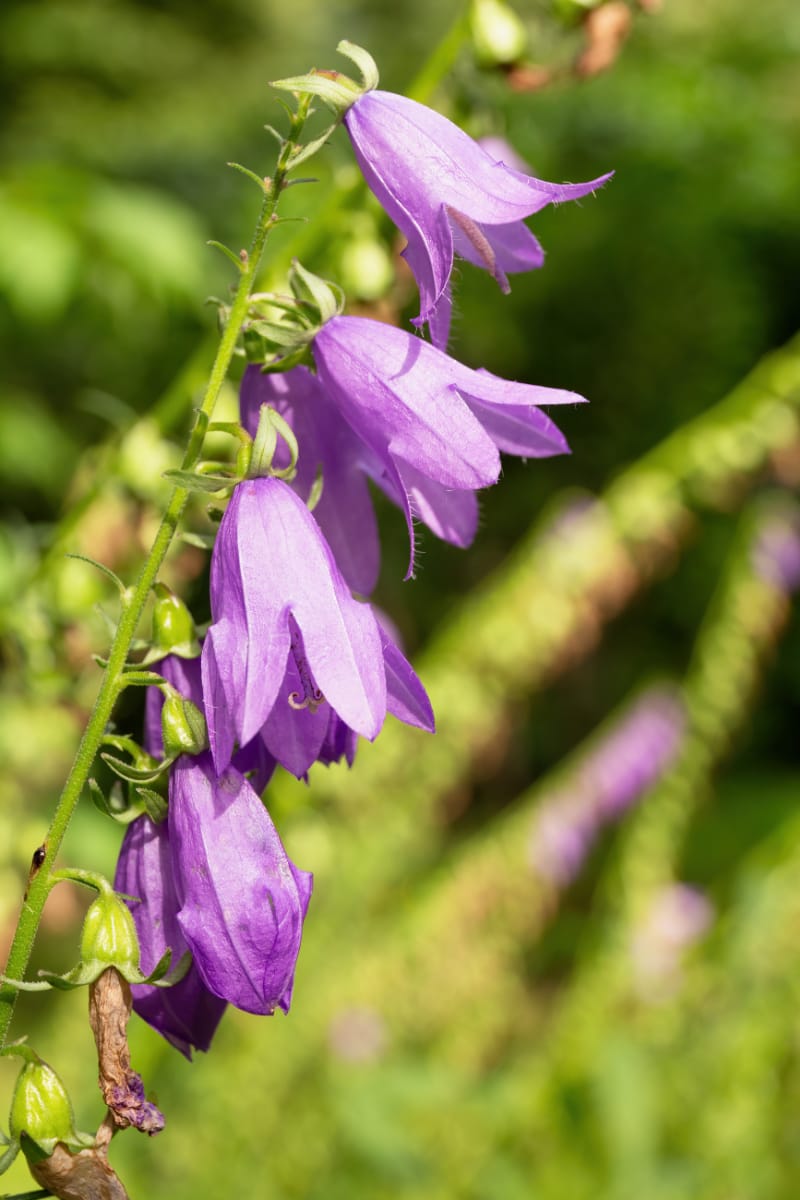
Bellflower Campanula glomerata and Campanula trachelium will flower much of the summer if grown in moisture-retentive soil. Campanula trachelium thrives in partial shade, while Campanula glomerata requires a more open situation.
Height x Spread: 50cm x 1m
Betony, Stachys officinalis, is a beautiful long-lived perennial, with purple flowers that are popular with butterflies and bees.
Height x Spread: 60cm x 20cm
Hemp agrimony is a tall, marvellous native perennial, hemp agrimony, Eupatorium cannabinum, thrives in damp, semi-shaded habitats, including woodland, hedgerows, rivers and ponds. It's a great nectar plant for butterflies.
Height x Spread: 1.5m x 1.5m
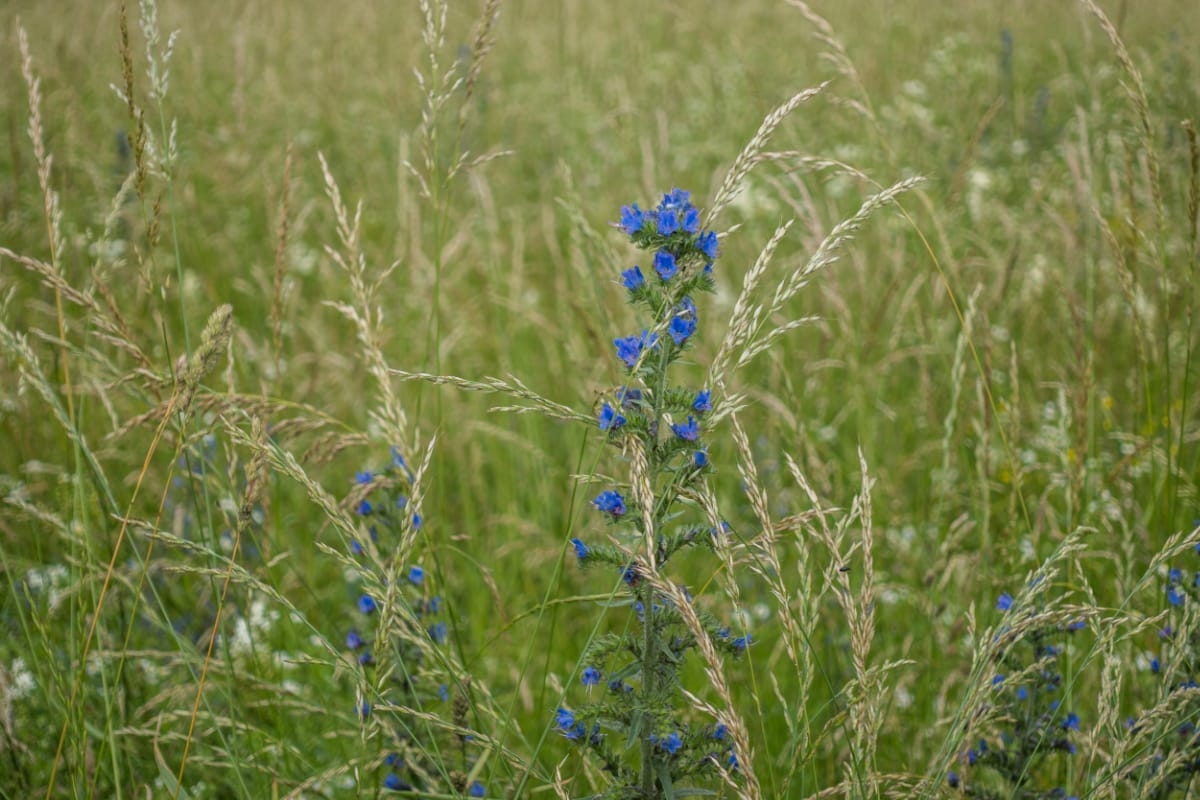
Viper's bugloss, Echium vulgare, is a colourful biennial that prefers a sunny, dry position, and certainly suits the soil in Suffolk. Wait for it to set seed in late summer before cutting down. This was the first wildflower to appear in my garden, the blue flowers are beautiful and fad to a pink colour.
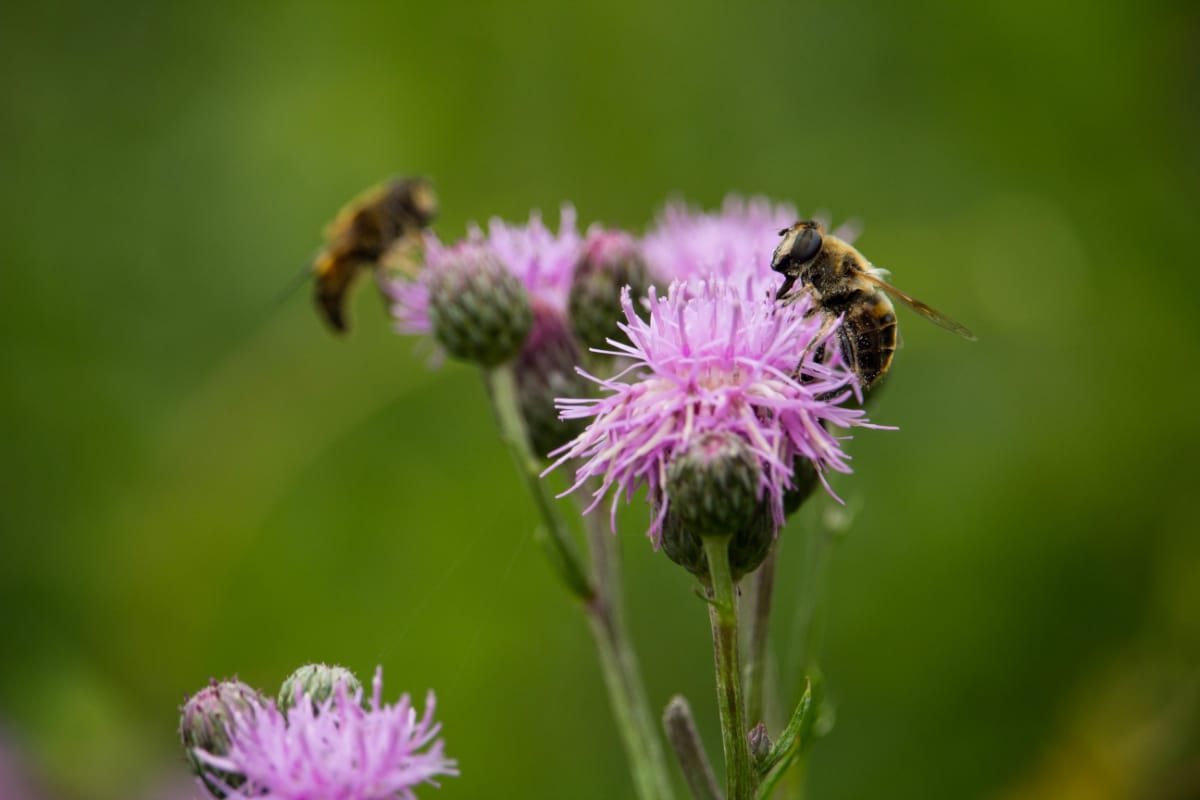
Common knapweed, Centaurea nigra, will do well in a variety of situations, from damp to dry, though dense woodland and wetland conditions are best avoided. Leave the seedheads on over winter to provide seeds for birds.
Height x Spread: 70cm x 50cm
Bugle, Ajuga reptans, can be grown in both sunny and shady conditions, though damp soil is always needed for it to grow well.
Height x Spread: 20cm x 80cm
Our native primrose, Primula vulgaris, heralds spring with its pale yellow flowers with a darker yellow centre. The flowers are an important source of nectar and pollen for a number of pollinators, while its leaves are eaten by the caterpillars of a number of moth species.
Height x Spread: 20cm x 35cm

Our native honeysuckle, Lonicera periclymenum, bears fragrant pink, yellow and white blooms with long flower tubes. A magnet for long-tongued pollinators such as some bumblebees and moths. Its leaves are a great food source for the caterpillars of the 20-plume moth.
Height x Spread: 7m x 3.5m
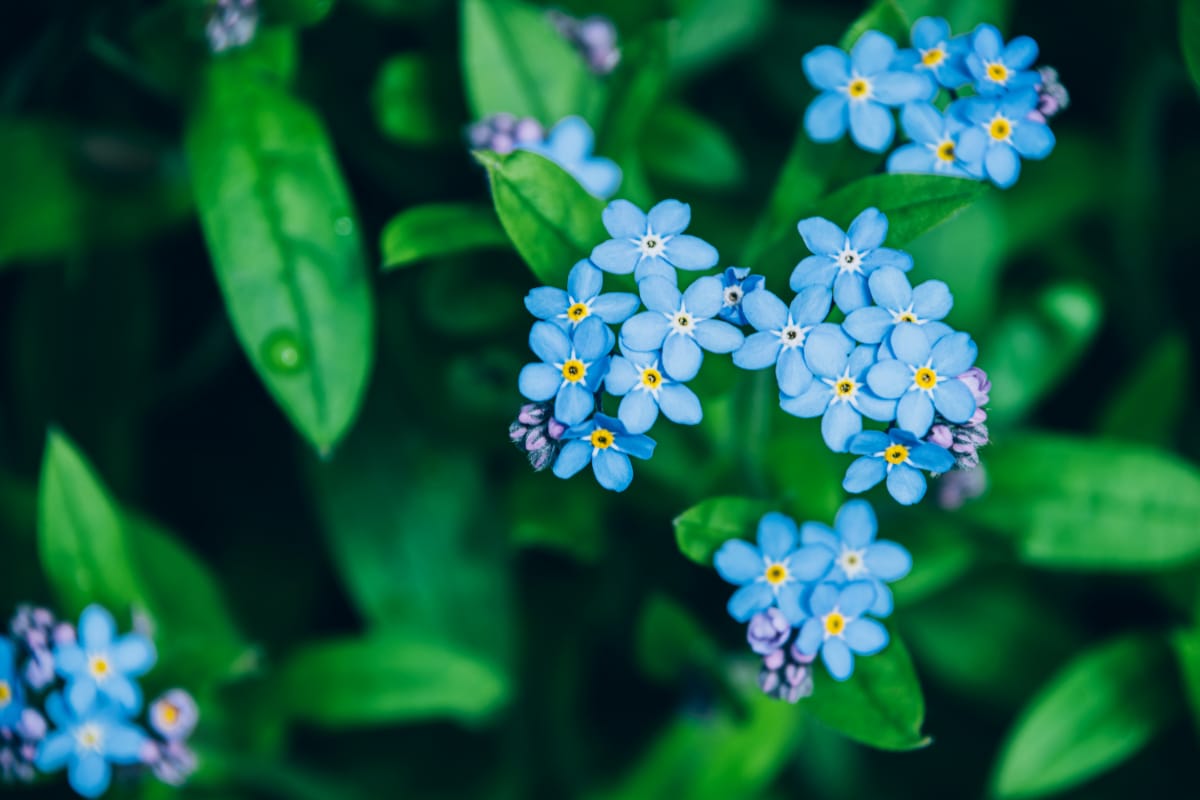
Forget-me-not is a pretty biennial wildflower that thrives in shade. Its flowers are a magnet for a number of pollinators and its leaves are eaten by the caterpillars of many moth species. Perfect for edging paths and the front of borders.
Height x Spread 20cm x 15cm
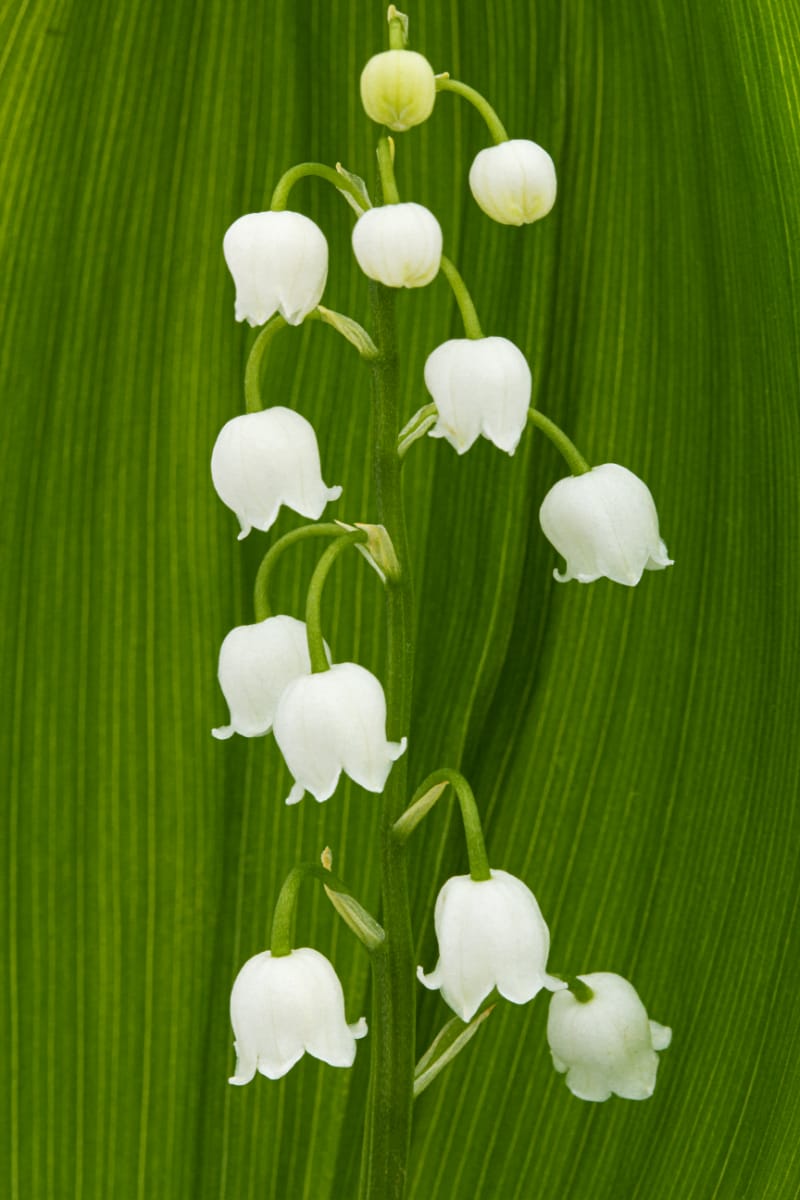
Lily of the valley, Convallaria majalis, bears arching racemes of bell-shaped, white flowers with an extremely rich fragrance, from late spring. Plants spread quickly in shady positions, making it an excellent choice for a woodland garden or shady border.
Height x Spread: 30cm x 20cm
Snake's head fritillary, Fritillaria meleagris, bears bell-shaped flowers in various shades of purple and occasionally white, always with a pronounced checked pattern all over. Plants are extremely hardy and trouble-free, and are ideal for growing in a variety of situations including containers, sunny spring borders and in wildflower meadows or areas of long grass.
Height x Spread: 30cm x 5cm
The pasque flower, Pulsatilla vulgaris, is a beautiful spring flower, traditionally a sign that Easter has arrived. The silky buds open to light purple, cup-shaped flowers which mature to develop a star shape. As the flowers develop, ferny foliage starts to appear at the base of the stems, which continues to look good after the flowering season has finished.
Grow Pulsatilla vulgaris in well-drained soil in full sun. It takes a while to become established and resents being disturbed. If growing in the right conditions, it will self-seed, so leave the seed heads to allow colonies to build up.
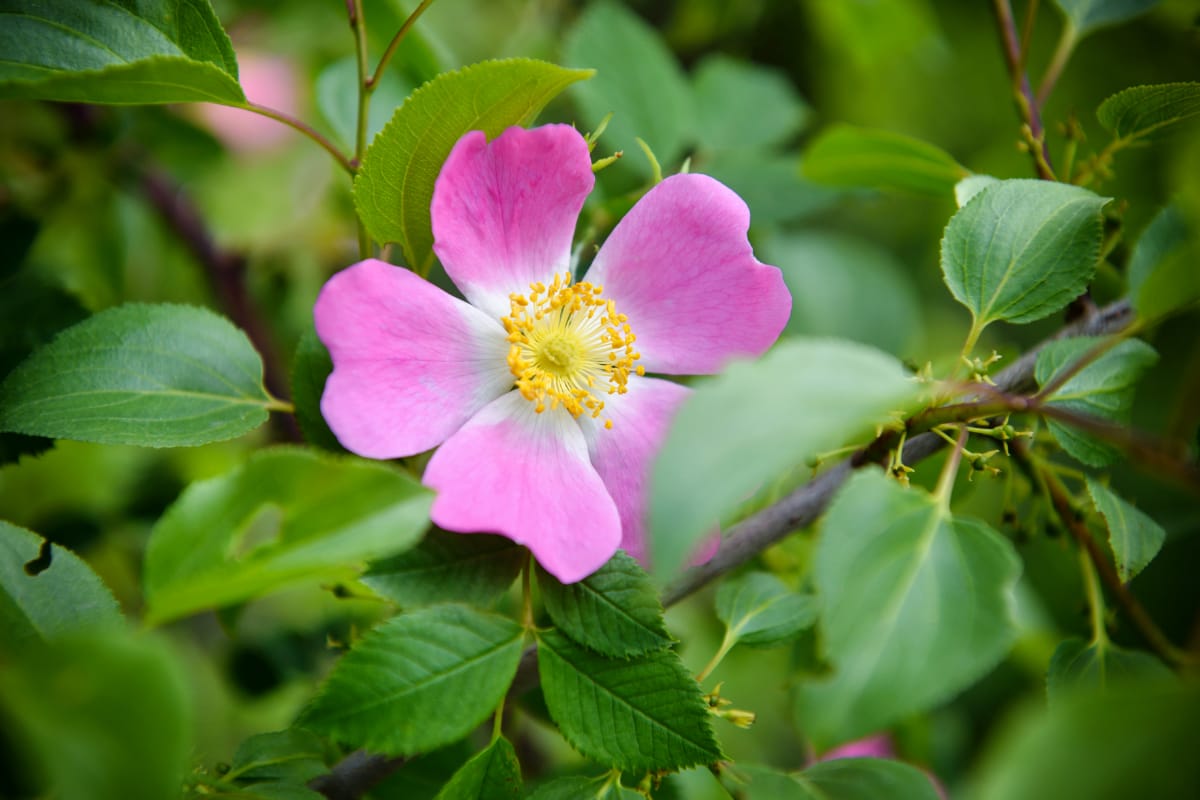
The dog rose, Rosa canina, bears an attractive burst of lightly scented, usually pink flowers in summer. These are followed by a terrific show of bright red hips. It's fast growing and its stems are incredibly prickly, making it a good choice for an informal mixed hedge. It's a great wildlife plant, attracting bees, butterflies, moths and birds. The density of its growth habit provides shelter for birds and small mammals such as hedgehogs.
Height x Spread: 4m x 3m
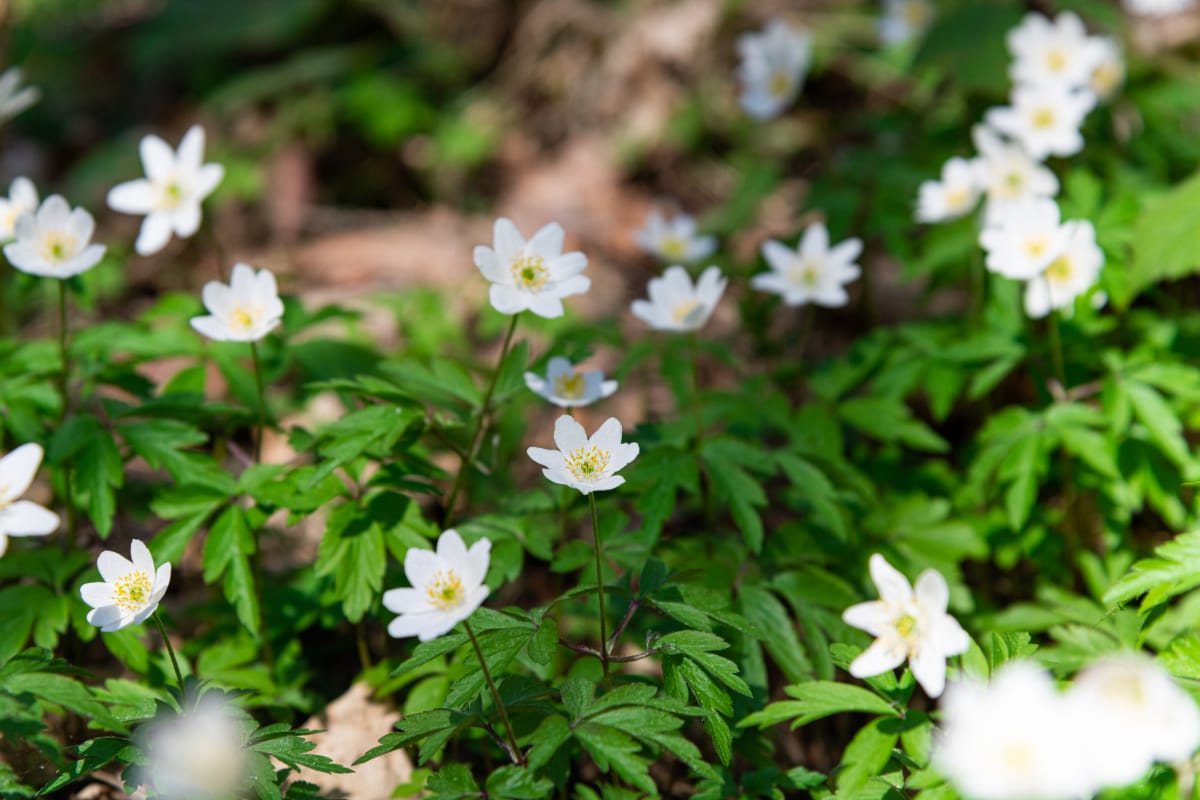
The wood anemone is native to, and associated with, ancient woodland. It flowers between March and May and spreads via its roots.
Height x Spread: 25cm x 10cm
Helleborus foetidus is a compact, evergreen perennial with more finely divided, elegant foliage than most hellebores. In spring its almost ferny clumps are joined by clusters of nodding, lime-green flowers held on thick stems just above the tops of the foliage.
Height x Spread: 80cm x 45cm
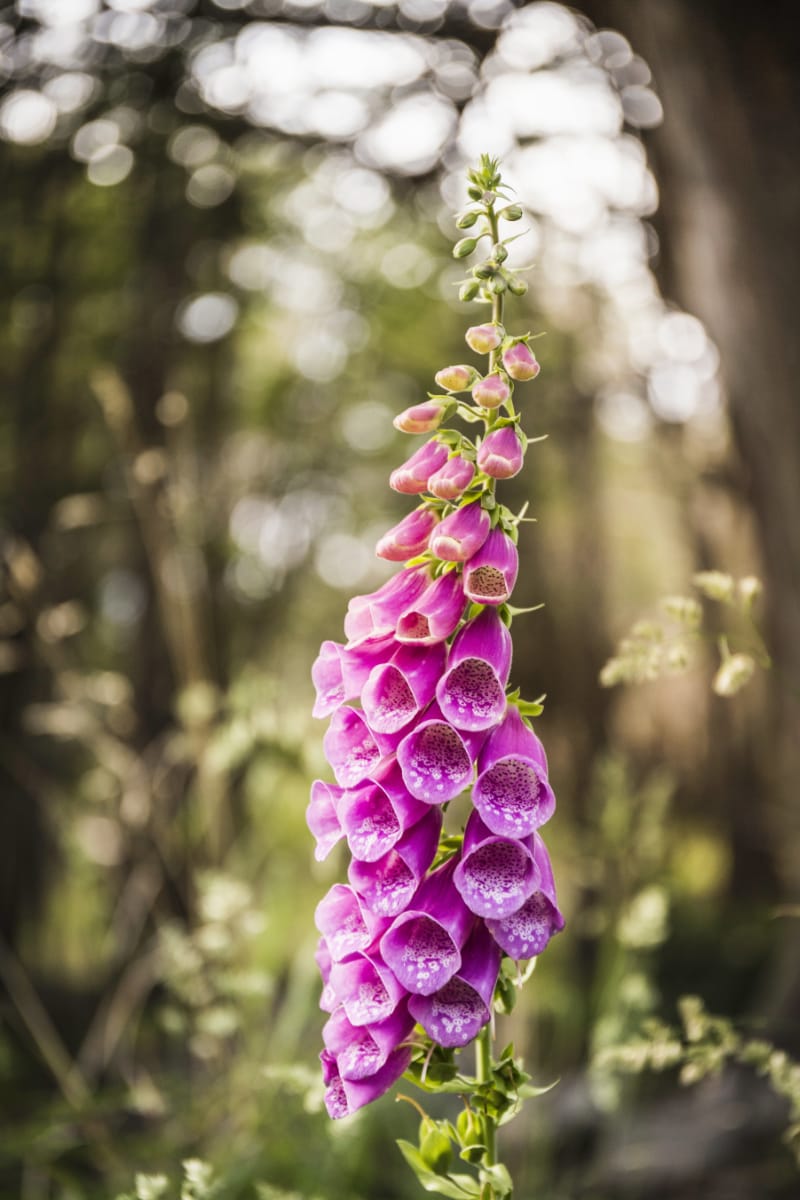
Foxglove, Digitalis purpurea is a native European foxglove woodland plant with spikes of tubular purple flowers with a spotted throat. It's a popular biennial for a shady spot and looks fantastic when grown en masse at the back of a border. Its blooms are extremely attractive to bumblebees.
Height x Spread: 1.5m x 45cm
Remember: When you're planting your wildflowers, try to choose a spot that gets plenty of sunshine. And don't be afraid to experiment - you might discover some amazing combinations!
Happy gardening!
Nothing in Basket!
